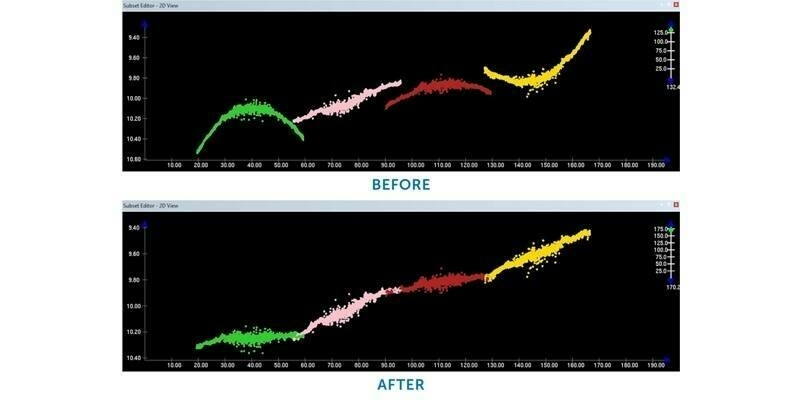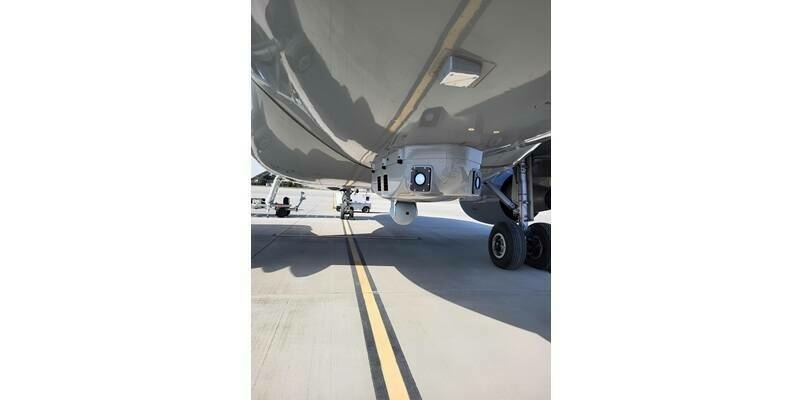The need to provide more precise information, faster, about the weather and climate underpins the objectives of a long-term strategy, Destination 2030, released by Europe’s meteorological satellite agency, EUMETSAT, in Darmstadt.
EUMETSAT Director-General Phil Evans said the returns will be felt over the next decade from soon-to-be-launched, more technologically advanced, satellite systems, as well as continued investment in the translation of satellite data into products and services for weather forecasting and improved data access.
“This past summer gave a grim and tragic insight into the impacts on societies of extreme weather events that are becoming more likely due to climate change,” Evans said.
“Together with our member states and their national meteorological services, EUMETSAT aims to meet the challenge of providing more, and better, information about the weather and climate to help protect lives, livelihoods and infrastructure.
“EUMETSAT’s new, long-term strategy, Destination 2030, sets out the actions we will take as an organisation to achieve this.”
Evans said the strategy’s first, and most critical, objective is the successful deployment of next-generation satellite systems in geostationary and polar orbits.
“Easier and faster access to more precise and new data from these systems will directly benefit weather and climate forecasting in EUMETSAT’s member states, thus enabling them to better inform and protect their communities,” Evans said.
Subscribe to our newsletter
Stay updated on the latest technology, innovation product arrivals and exciting offers to your inbox.
Newsletter

